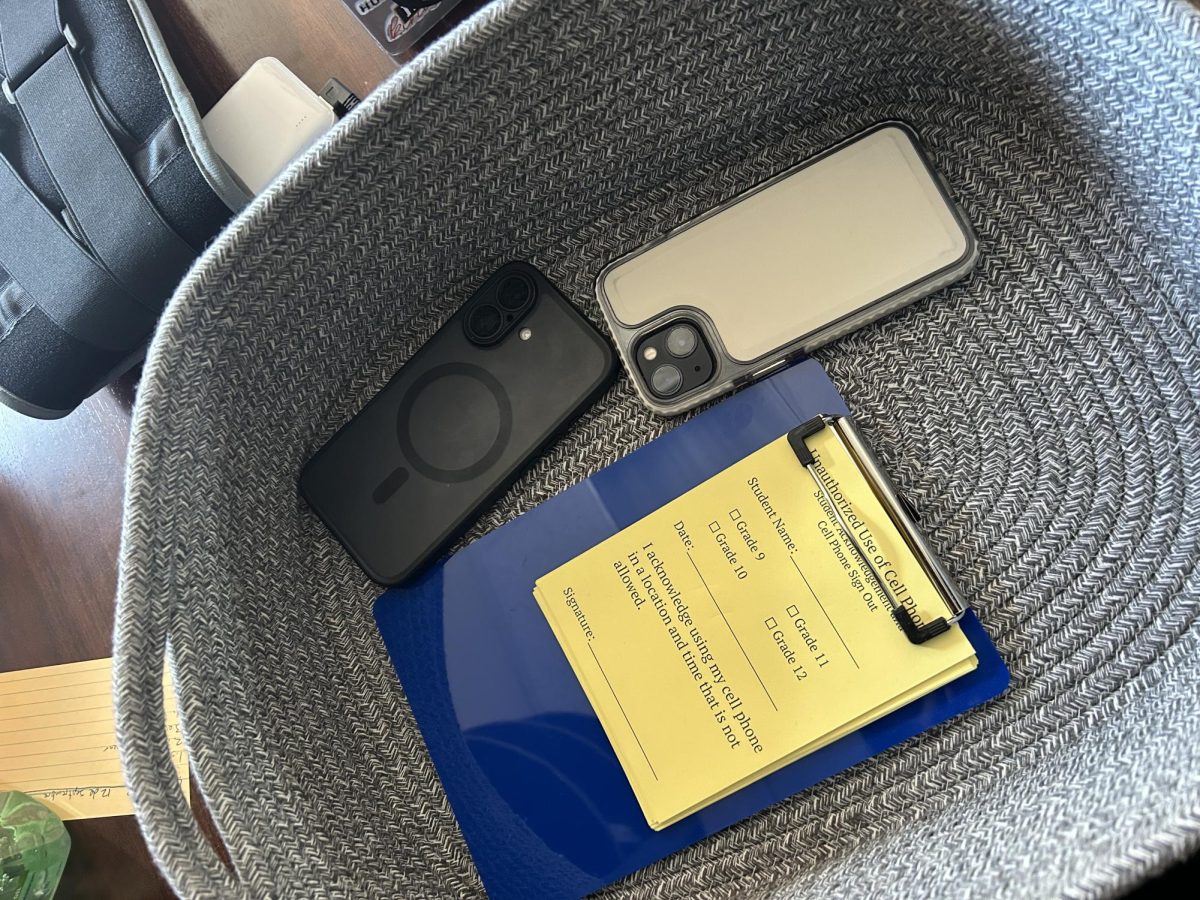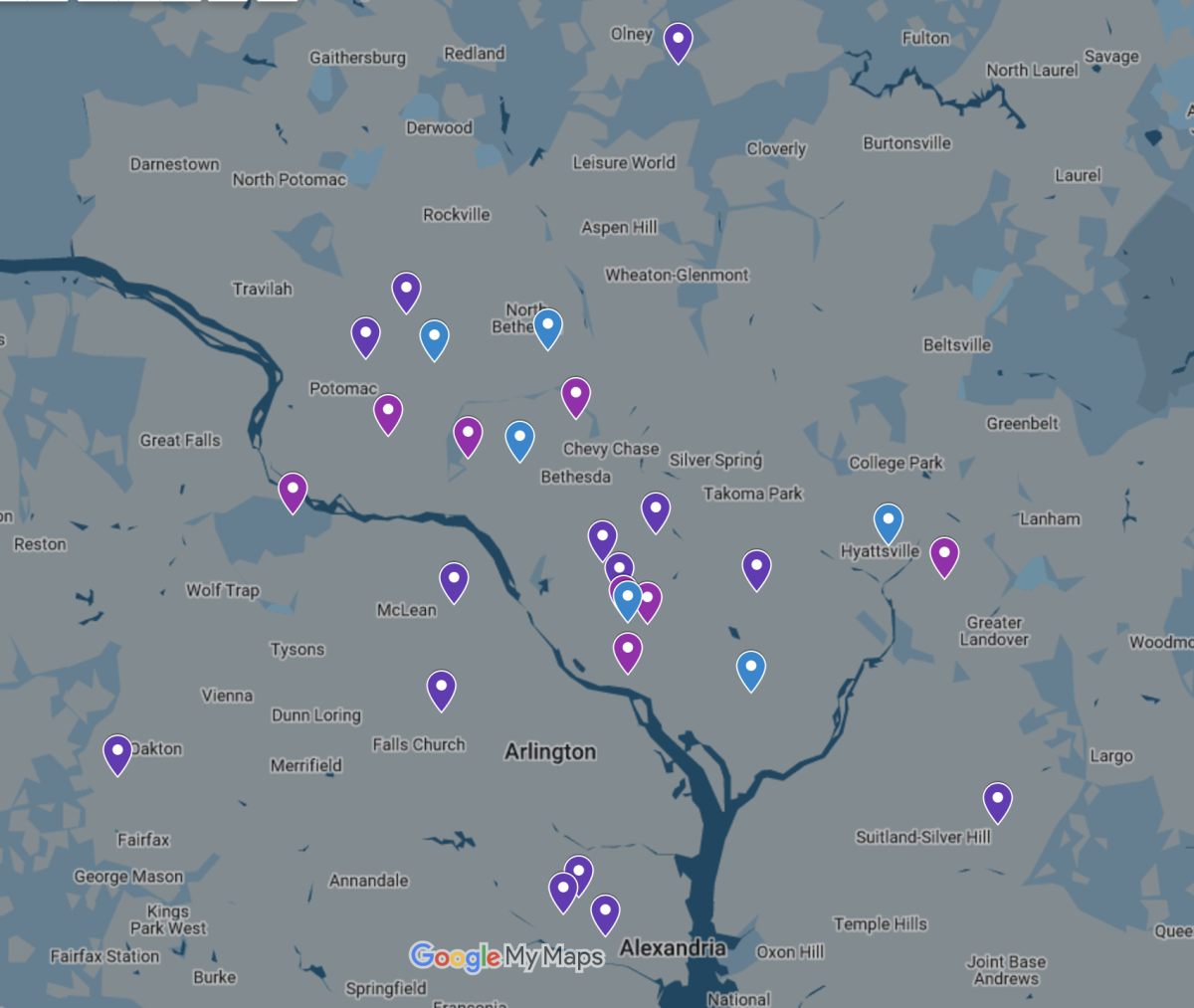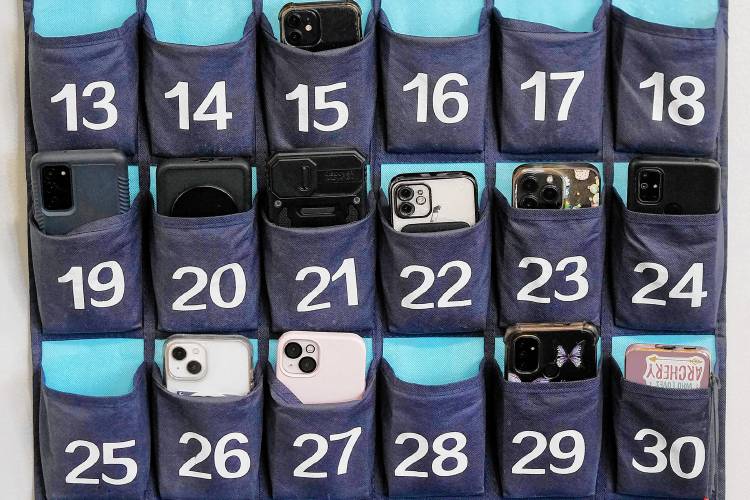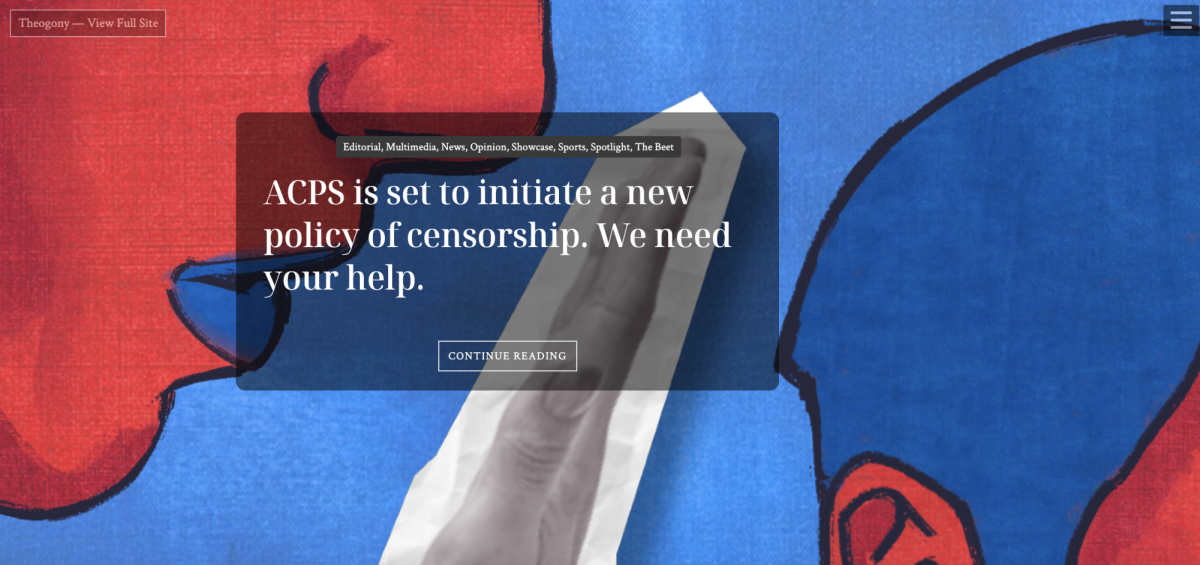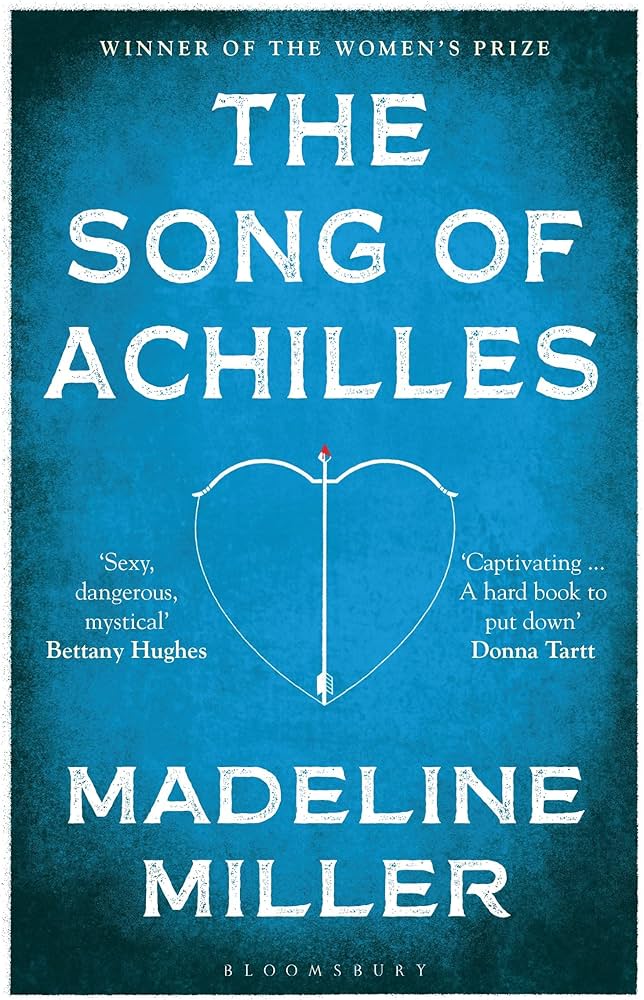As the summer came to a close, the weight of assigned school reading laid heavy on students’ backs at St. Stephen’s & St. Agnes School. Students glared at the stack of books that had started to collect dust. However, many students still left their reading at the last minute. Barely crossing the finish line, students exhaustedly walked through the front door on the first day of school.
In an interview with Claire Poersch ‘28, she explained that although she left her assigned summer reading work to the last minute, she was actually reading pleasurable books throughout the summer. She stated that she “started reading in mid-August.” But with three books to read, she ended up cramming. She continued to explain how she at first “tried to spread it out, but ended up spending the last few days of summer cramming…because [she] wanted to enjoy [her] summer relaxing.” However, Claire isn’t the only one experiencing this, as procrastination has become far more common among students.
Is this because of phones?
Studies show that not only have screens served as a distraction to teens, but they also are making it harder for teens to concentrate because of the effects they have on the brain’s prefrontal cortex. The teen brain is still developing, and according to Jonathan Haidt, in his book The Anxious Generation, as phone notifications chime in, “Never-ending stream of interruptions — this constant fragmentation of attention — takes a toll on adolescents’ ability to think and may leave permanent marks in their rapidly reconfiguring brains.” This makes it harder for the brain to focus on a simple task, shortening its attention time. Reading requires constant concentration, and once that is broken, it becomes harder to get back into the flow of reading, which phones are doing.
But maybe students like Claire struggle with becoming motivated to read assigned reading because it involves having to annotate, which requires even more dedication. Annotating and phones share one thing in common: they both break the flow of reading. When these distractions or struggles combine, it makes reading even more challenging. A constant cycle can be formed when you decide to annotate something you just read, at the same time you are fighting the urge to go check your phone. This urge is amplified with the fact that annotating feels like more work. According to the Discover Institute, “Today, staying focused is much harder as the phone and internet provide endless opportunities for the mind to abandon the current thought or task for another and flit around from one thing to the next — at near lightning speed. And when it comes to notifications, there can be a dopamine release, which entails powerful addictive ramifications.” So after you annotate something in your book, you might feel like you deserve to take a screen break.
While phones are a major reason students have started to read less and less, many admit that they just don’t enjoy reading.
“I would rather clean my entire house with my pinky finger than read a book,” says SSSAS sophomore Alexia Christou.
The article, “Teens Today Spend More Time on Digital Media, Less Time Reading,” by the American Psychological Association, states that in the early 1990s “33 % of 10th-graders said they read a newspaper almost every day. By 2016, that number was only 2 %.” Although many may not realize it, time once spent reading a book or the newspaper for entertainment, has now been replaced by time spent aimlessly scrolling on your phone.
This is partially because teenagers’ attention spans appear to be shorter than one instagram reel, but also because many perceive reading as challenging–relative to going on your phone. Eighty students at SSSAS filled out a form on their reading capabilities; 65 out of eighty respondents said that they preferred going on their phone more than reading. However, some mentioned that they did enjoy reading, but that they go on their phone “out of habit or convenience,” as stated by a responder on the form. It seems as if the book that once sat on our nightstands, easy to reach, has been replaced by phones.
But what’s so wrong with scrolling on your phone if you enjoy it?
“Around 40 percent of 4th graders are working below the NAEP (National Association of Education Procurement) Basic level in reading, the largest percentage since 2002…About a third of 8th graders nationwide are failing to hit the NAEP Basic benchmark in reading — the largest percentage ever,” says an article by the National Assessment Governing Board published in January of 2025. Records are being set for the lowest reading scores, which aligns with the decrease in the number of people who actively read.
SSSAS English Department Chair, Mieke Cranford, explains how, “As a department we talked about how students weren’t understanding the reading or weren’t engaging with the reading critically the way that we expected them to. That feels like a difference [from past years].” She thinks this is because students are either reading at the last minute or reading whilst doing something else, which results in poor reading comprehension.
As fewer and fewer teens read books, it is harder for them to apply themselves in general. By physically reading, the brain’s language, visual, and meaning processing areas are working together and absorbing the information on the page. Books teach habit, concentration, and knowledge–skills you cannot acquire through a screen.
The only way to solve this escalating problem is…? To start reading.

